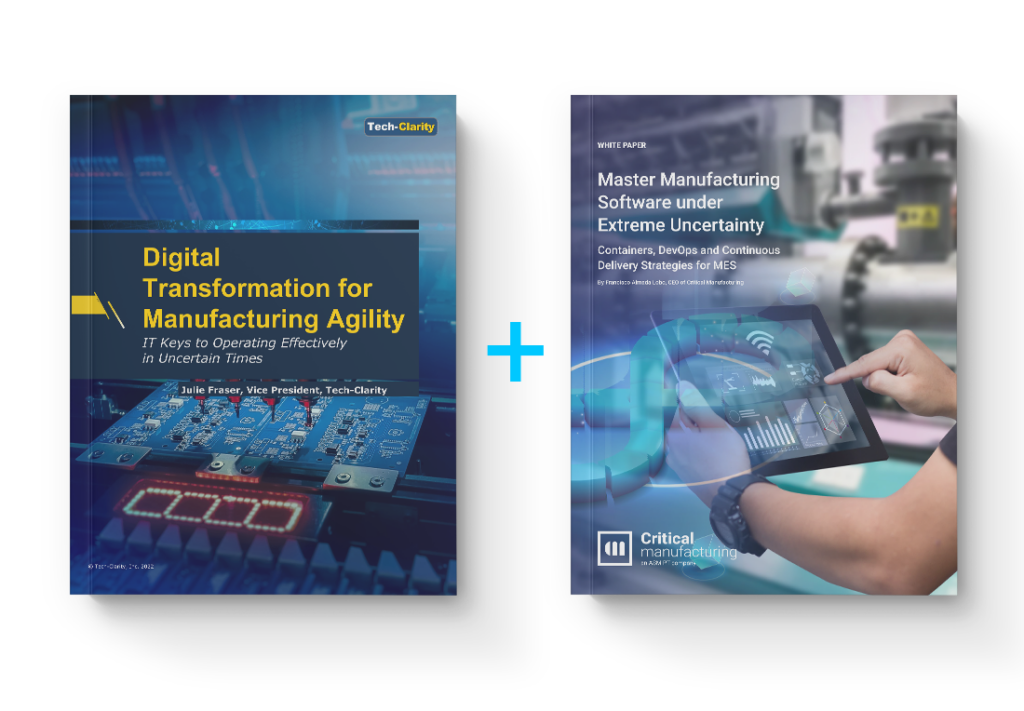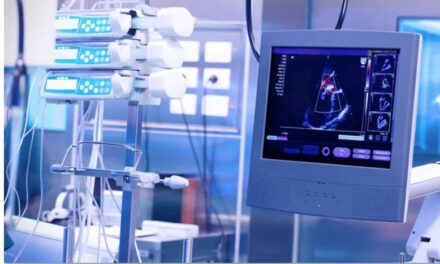Modern MES Architecture for Easy Multisite Deployment
When it comes to deploying an MES across multiple manufacturing facilities, platform architecture is critical. This area of the MES design will impact the ease of implementation and maintenance, and the ability to continuously improve the platform’s applications to ensure the latest technologies and methodologies can be embraced and that manufacturers have greater agility.

Posted by: Pedro Rodrigues
So, what does modern MES architecture offer and why is it so important? It can be hosted on-prem, offsite, in any cloud variant, or a hybrid, and offers quick deployment across new sites, as well as the ability to easily add new additional functionalities. It is straightforwardly adaptable to individual site requirements, and is readily deployed, customized, and configured to the latest software version with efficient, centralized control.
Orchestrated for scalability and fault tolerance, the use of containers in the MES architecture means all necessary applications and dependencies are packaged and run consistently across different OS platforms and cloud systems, regardless of when they are deployed. By incorporating these features, the platform is better supported on diverse IT infrastructures and can run on almost any hardware and software configuration, significantly reducing IT overheads.
Cloud, on-premises, or a hybrid?
The ability for the architecture to run in the environment means manufacturers can adapt to changing business needs. The initial choice of where to host the platform may be because of perceived security challenges, or because of the number of sites the MES serves. Whatever the reason, the agnostic nature of a modern MES architecture means companies can easily change to a different hosting solution and have total control over the balance of their OpEx and CapEx expenditures.
Why containers are important
Containerization within the MES architecture is important because it makes the platform easier to deploy, allowing each application element and its associated resources to be installed systematically with greater ease, efficiency, and standardization. The use of containers means applications require no modification to run within any environment and software handling and movement are greatly simplified. When hosted on a cloud, it also facilitates adherence to strict security and compliance requirements.

Containers, devOps and continuous delivery strategies for multisite MES
Containers guarantee the same capabilities are consistently delivered to each site. Multiple containers for the same component of each MES installation further lead to a system that offers performance scalability and fault tolerance. Ultimately, container orchestration optimizes IT performance, balances load capacity across multiple sites, and ensures a highly flexible, adaptable, and reliable solution.
Delivering coordinated system deployment
The architecture of the MES will determine how easy the system is to deploy as well as to upgrade, customize, and configure to make it both future-proof and relevant to each manufacturing site. The architecture will facilitate maintenance of all areas of the system, including software updates, templates, and customizations, in a way that will keep control and avoid system disruption.
Ultimately, the modern MES architecture will enable the deployment of complete manufacturing software suites to plants in a matter of minutes and allow smooth management of the system into the future. It will provide the tools needed for an enterprise to expand, grow, and innovate with greater ease and efficiency, creating business resilience, agility, and a competitive edge. It is here now for the future.
All you need to know to succeed in multisite MES program
A multisite MES roll-out affects multiple stakeholders and processes. We want to share our experience and expertise with you and help you get where you need to be to make your business strong, competitive and resilient for the future. This series of blogs will take you step by step through the challenges and opportunities it offers. It comprises 7 different sections, that will guide you on your journey:












